Steel Wallets compared
A steel wallet (also called a metal seed backup) is a way to secure your seed phrase on metal. Instead of writing the 12 or 24 seed words only on paper, which can become unreadable due to fire, water or wear, you engrave, punch, or stamp them into steel or titanium. These materials withstand extreme conditions. For example, 304 stainless steel melts only around 1,400 °C. A typical house fire reaches roughly 800–1,000 °C.
A steel wallet is meant to ensure your Bitcoin backup survives disasters so you can restore the wallet if needed.
Today there’s a wide range of steel wallets on the market. Broadly, they fall into four categories. Jameson Lopp has extensively tested many products and highlighted strengths and weaknesses; you can find his overview under Metal Bitcoin Seed Storage Reviews.
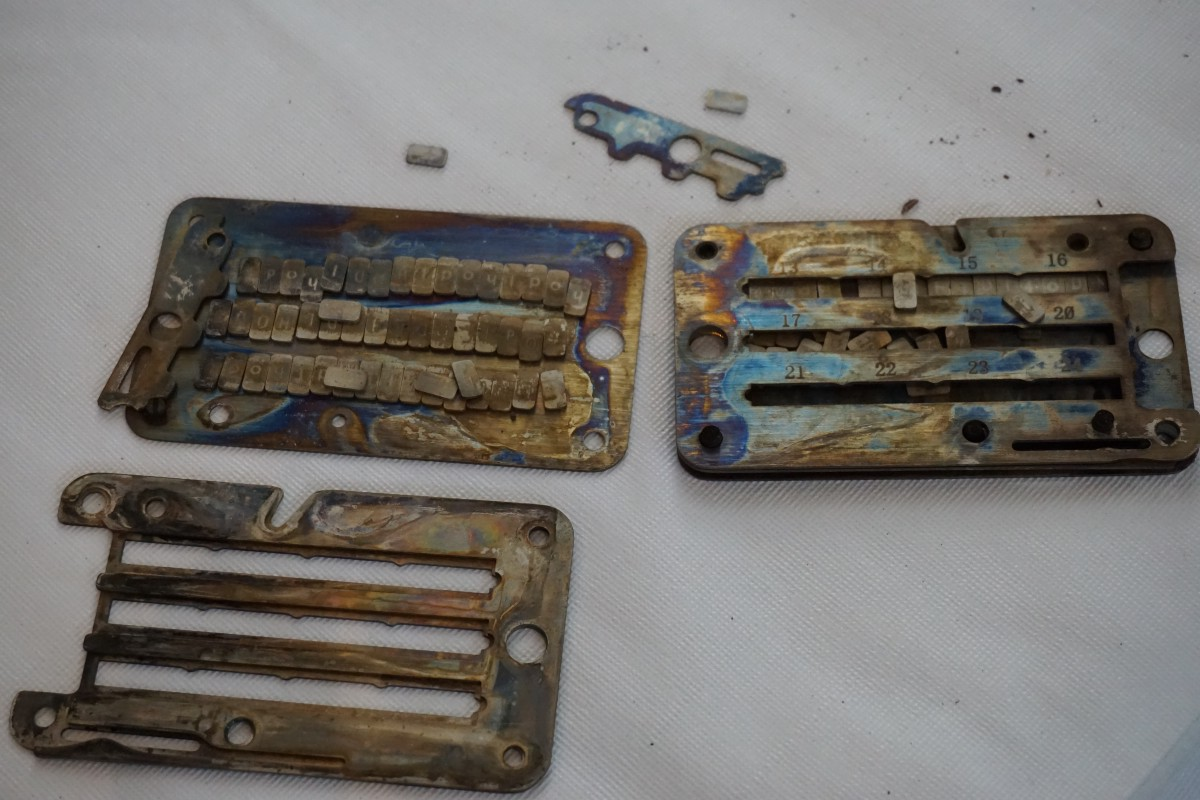
Not every steel wallet is automatically safe. The example shown here failed Lopp’s crush test.
Category 1: Pre-made letter tiles or discs
Examples: BitBox Steelwallet Pro, Cryptosteel Cassette, Billfodl, BitBar, Keystone Tablet
These solutions ship with pre-made metal tiles/discs containing letters (or complete word sets). To secure your seed, you select the required tiles and slide them into a holder in the correct order, then lock the case.
Pros
- Very quick and straightforward
- No hammering, engraving, or punching required
- Reusable
Cons
- Often not robust enough; strong impacts can bend the frame and dislodge tiles
- Heat expansion can shift tiles
- Many small parts that can be misplaced With these systems you’re relying on the enclosure staying shut in a worst-case scenario. They’re popular because they’re fast and flexible to set up, but avoid cheap builds.
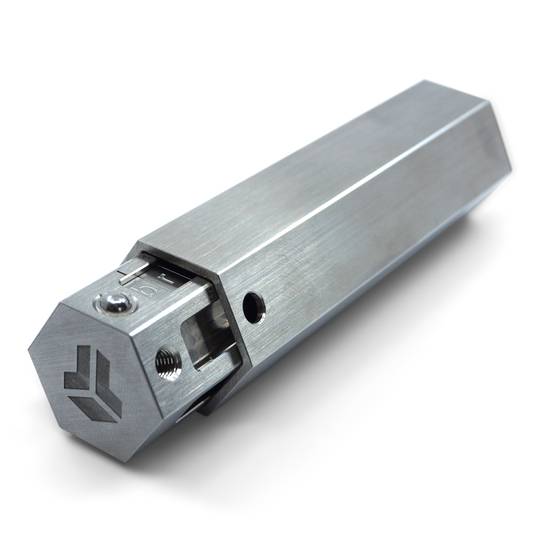
The BitBox Steelwallet Pro comes in a sturdy stainless-steel housing, though it’s priced higher than many alternatives.
Category 2: Engraving
Example: Xellox Yokis
Here you engrave the seed directly onto a metal plate with an engraving pen. You typically get one or more blank stainless steel plates with pre-printed fields for the words plus a simple engraving tool. The process is quick and nearly as easy as writing on paper.
Pros
- Very beginner-friendly
- Clean layout, no small loose parts
Cons
- Markings are only surface-deep and, compared to deeply stamped characters, more vulnerable if the plate is severely damaged
- Plates are often quite thin (< 3 mm) and less rigid
- Engraving pens can lead to illegible results if handled poorly Despite thinner plates, manufacturers say engraved backups withstand house fires and flooding. Overall, engraving is good middle ground for anyone who wants a much safer backup than paper with minimal effort.

Xellox states their 304 stainless plates tolerate temperatures up to ~1,450 °C.
Category 3: Center-punch method
Examples: TinySeed, OneKey KeyTag, Trezor Keep Metal
These kits use a small metal plate with numbered word lines and a letter grid. You use a center punch to mark the grid. Based on the punched pattern, each line corresponds to a BIP-39 word.
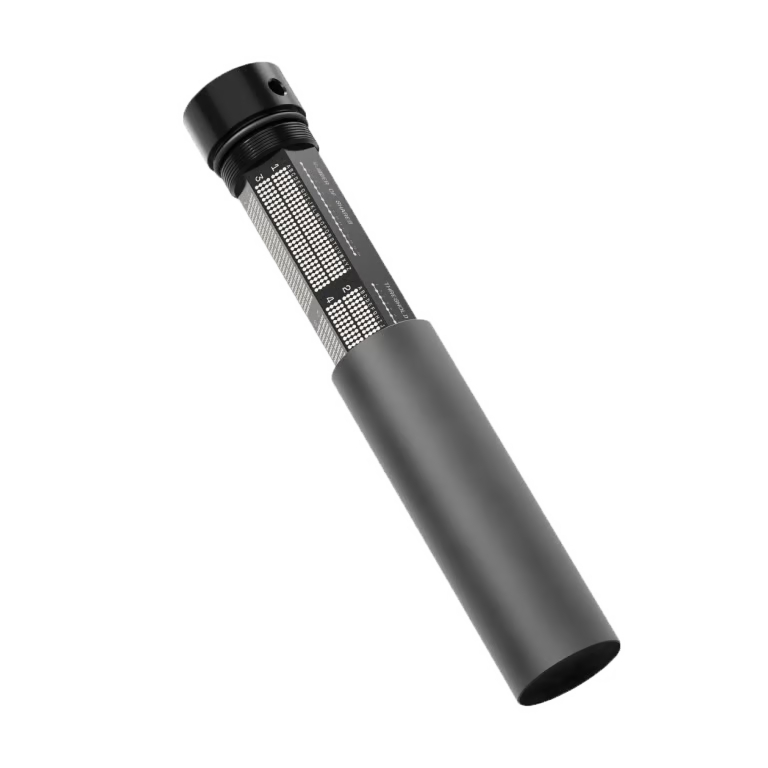

Trezor Keep Metal & OneKey Keytag
Pros
- Deep, durable impressions
- Compact yet robust format
- Simple and relatively fast setup
- Easy to hide and transport
Cons
- Requires care: one misplaced dot can render a word unreadable
- Mistakes are irreversible
- Heirs may find this confusing if they’re unfamiliar with how it works
Category 4: Stamping letters with steel stamps
Examples: Plebstyle Titan, Seedor, Exitkey
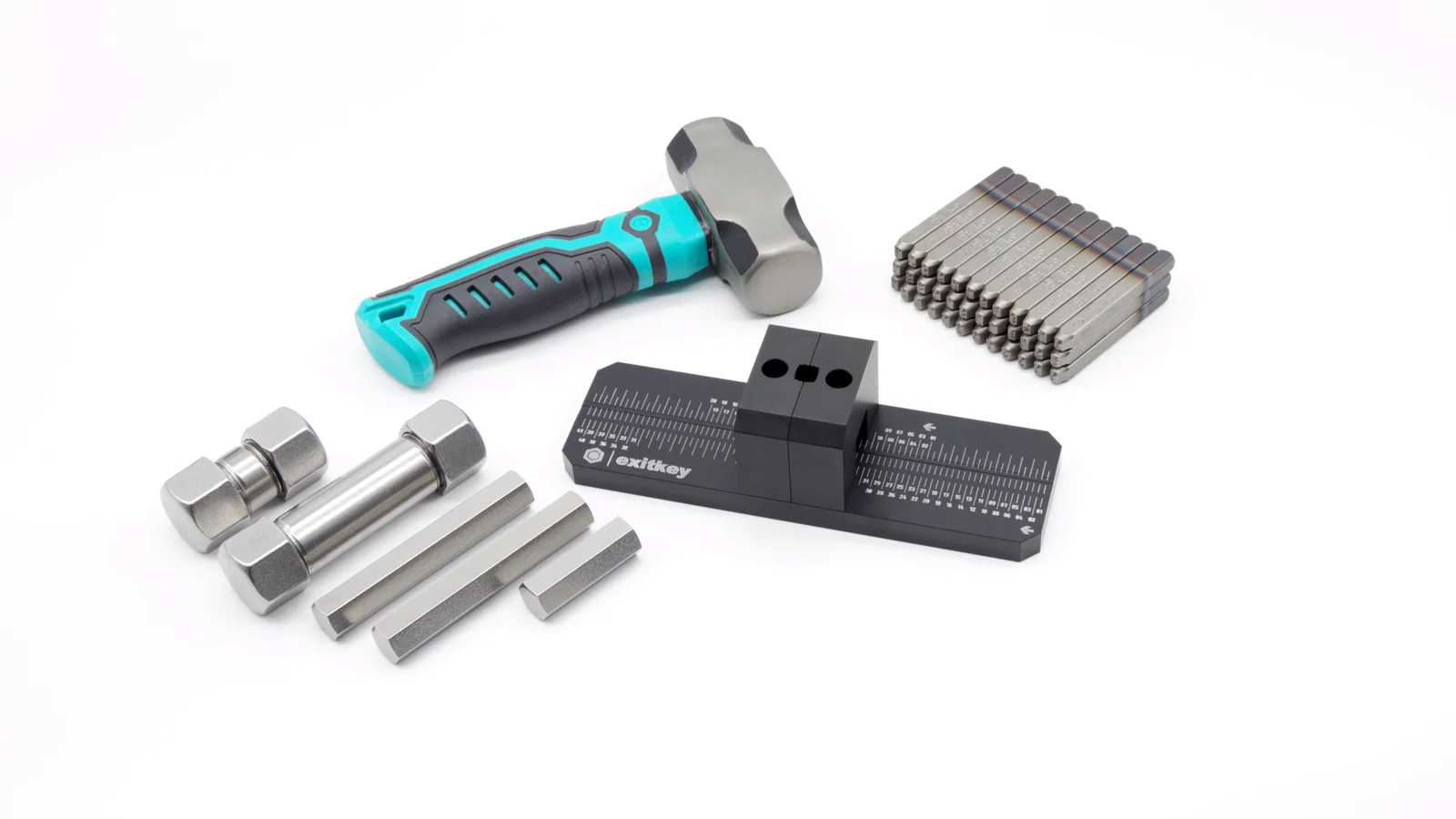
The exitkey 3.0 Pro - Starter Set
In this approach, you stamp each letter of every word into metal. Many people use one washer per word. Others stamp all words onto a piece of hexagonal steel.
With the washer method, you stamp each washer, then stack them on a threaded rod and fix them with a nut. The rod goes into a protective steel or titanium housing. You can DIY the basics (washers and rod from a hardware store), but finding a proper protective case is harder. Complete kits include everything: the Plebstyle Titan Wallet ships with 28 stainless washers and a cylindrical enclosure, plus a steel plate and a stamping jig.
The exitkey takes a similar route but uses a robust hex bar (316Ti steel). All words are stamped across its six faces.
Pros
- Extremely durable and secure
- Even if pieces come apart, nothing is lost
- No coding or grids that might confuse heirs
- Compact yet very solid
Cons
- More effort to set up
-
Generally in a higher price bracket

Conclusion
Steel wallets are an essential safeguard for self-custody. They protect your backup against disasters and unpredictable risks like fire or flooding. But not every design is equally resilient.
A poorly secured tile system can come apart under stress. A thinly engraved plate can become unreadable under extreme force.
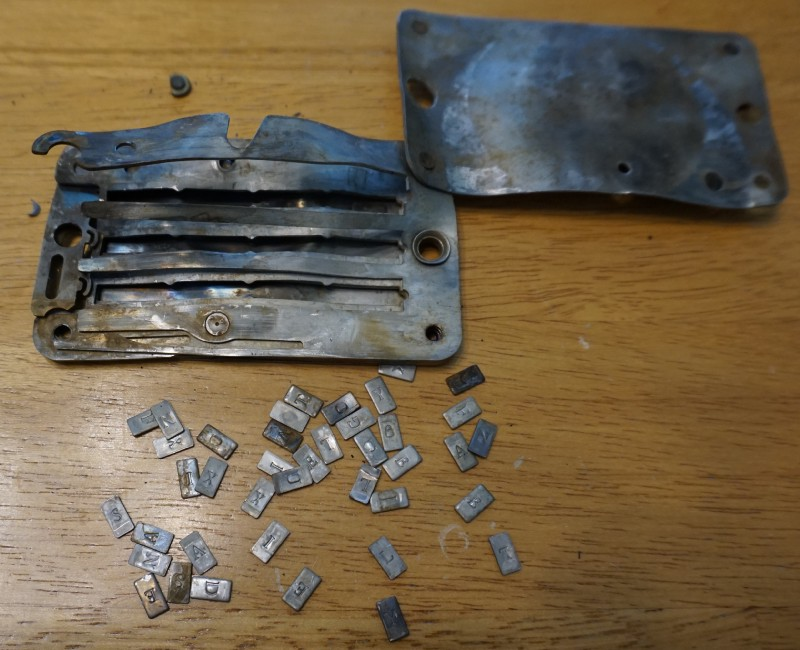
Dislodged letter tiles from a Billfodl backup
On the other hand, well-engineered, heavy-duty designs offer outstanding protection for your seed phrase. The “best” choice depends on your needs (e.g., do you prioritize portability and stealth, or maximum physical robustness?).
As a rule, don’t cut corners on your backup. If you’re securing a meaningful amount of Bitcoin, invest in quality. Solutions like the Plebstyle Titan Wallet or the exitkey 3.0 Pro are robust yet manageable in practice, and both are heat-resistant well beyond typical house-fire temperatures.
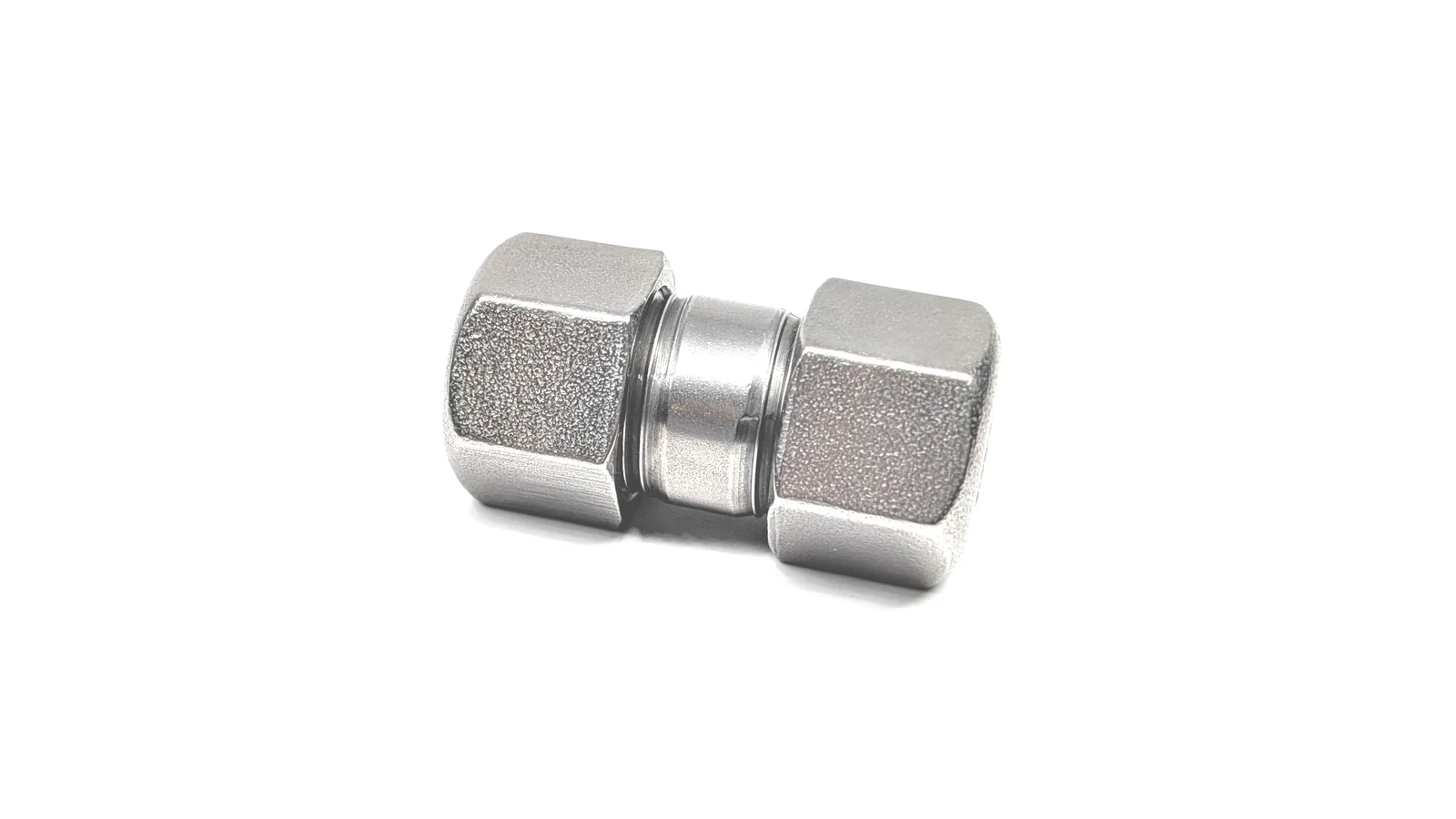
The exitkey 3.0 Nano sleeve is especially compact and easy to store discreetly.
Whatever you choose, test your backup after creating it: try restoring the wallet by reading the seed words from your metal backup.
Final Thoughts
- Steel backups protect your seed phrase far better than paper.
- Four main types: tile systems, engraving, punch-grid, and stamped letters (most robust).
- Choose a secure option, create the backup carefully, and test a full restore.

